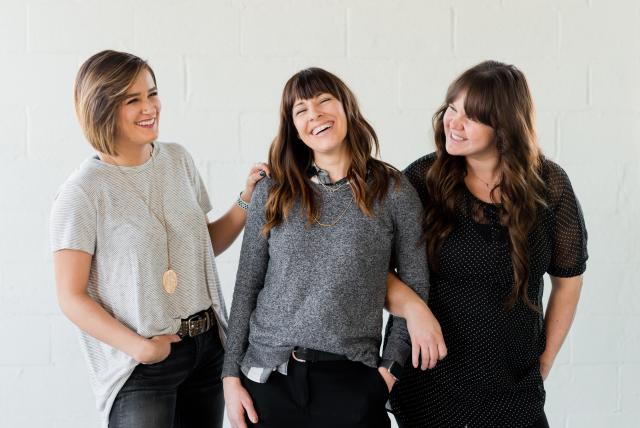
Cancer Council Victoria is reminding regional Victorian women and people with a cervix about the importance of regular cervical screening, as new research shows knowledge of this life saving test is low, with less than half of eligible regional Victorians surveyed aware they needed to screen every five years.
The Cervical Screening Test replaced the Pap Test in 2017 and looks for a virus called HPV (human papillomavirus) which causes almost all cervical cancers. The test is offered every five years to women and people with a cervix aged 25-74 to protect against cervical cancer.
The new Cancer Council Victoria research, which surveyed more than 700 eligible women and people with a cervix in regional Victoria also found that only:
• One in 10 respondents knew they needed to start screening at 25.
• One in five respondents knew that the test looks for a virus called human papillomavirus or HPV.
• Half of respondents knew about the self-collection testing option.
Cancer Council Victoria’s Head of Screening Early Detection and Immunisation, Kate Broun said that the findings were concerning, and that low knowledge of the Cervical Screening Test could impact participation, putting more people at risk of cervical cancer.
“The Cervical Screening Test is the best way to protect yourself against cervical cancer, yet in Victoria around one third of eligible women and people with a cervix aren’t participating. Participation is even lower in many regional areas, putting many people at greater risk of developing this almost entirely preventable cancer,” said Ms Broun.
Recent data from Cancer Council Victoria’s Victorian Cancer Registry shows that women living outside of major cities in Victoria are 28 per cent more likely to be diagnosed with cervical cancer compared to those living in major cities.
“It’s so important that everyone who is eligible for cervical screening knows when to screen and what their testing options are so that they have the best chance of protecting themselves against cervical cancer,” said Ms Broun.
“If you haven’t done a Cervical Screening Test in a while, check in with your doctor to see if you’re due and discuss your testing options, including self-collection. This one test really could save your life,” she said.
From the period 2018-2021, it’s estimated that only 61.9 per cent of eligible women and people with a cervix in Victoria participated in cervical screening, according to Australian Institute of of Health and Welfare (AIHW) quarterly cervical screening participation data.
The AIHW data shows 66.5 per cent of eligible women and people with a cervix in the Yarra Ranges participated in cervical screening in the same time period, followed by 58.6 per cent in the Cardinia Shire.
Ms Broun urges anyone who has been putting of their Cervical Screening Test to find out about the new testing option called self-collection that can be done in a private space in a health clinic.
“With the self-collection test, you can take your own sample from the vagina using a swab. It’s completely private, it only takes a couple of minutes and it’s just as accurate as a test done by a doctor or specially trained nurse,” Ms Broun said.
Cancer Council Victoria has recently launched a new campaign to increase awareness of cervical screening in regional Victoria. The campaign will run on digital channels across regional areas throughout October and November.
To find out more about cervical screening, visit cancervic.org.au/cervical.






